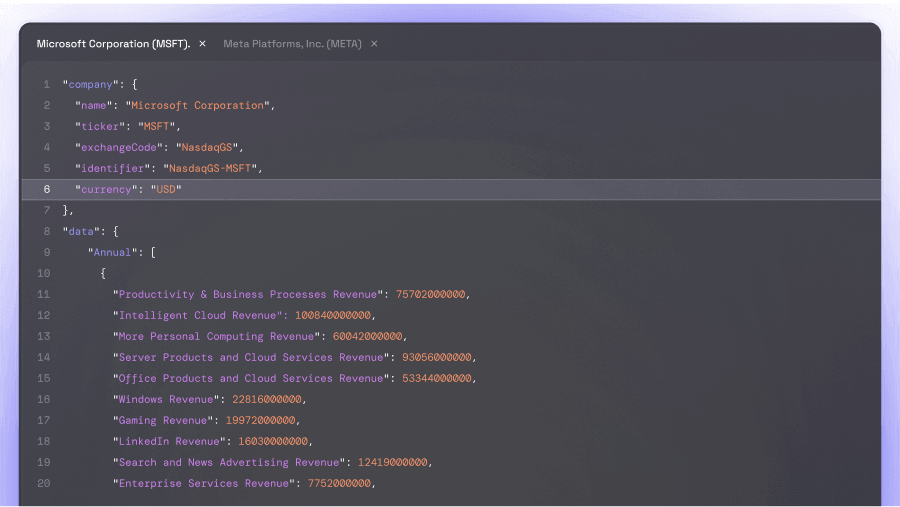What is Decentraland (MANA)?
Decentraland (MANA) is a virtual reality platform that operates on the Ethereum blockchain, enabling users to create, experience, and monetize content and applications. In this digital environment, users can purchase plots of land to explore, develop, and monetize. Decentraland was initiated following a $24 million initial coin offering (ICO) held in 2017. The virtual world launched its closed beta in 2019 and became publicly accessible in February 2020. Since its launch, users have developed numerous experiences on their parcels of LAND, ranging from interactive games and expansive 3D scenes to various other engaging experiences. The platform utilizes two tokens: MANA and LAND. MANA is an ERC-20 token that must be burned to obtain non-fungible ERC-721 LAND tokens. Additionally, MANA tokens can be used to purchase avatars, wearables, names, and other items in the Decentraland marketplace. Decentraland is a decentralized virtual world platform operating on the Ethereum blockchain, where users can create, experiment, and monetize their content. Users purchase virtual plots of land as NFTs using MANA tokens on the Decentraland platform. Advancement within the platform relies solely on the players, their efforts, and their creativity. The platform is fully owned by its users. In the Decentraland metaverse, participants can explore the virtual world, buy monetizable plots of land, create artworks, own non-fungible tokens (NFTs), and participate in the decentralized autonomous organization of the platform, Decentraland DAO. Through the DAO, the community can influence the project's development trajectory. Users also have access to interactive applications, in-world payments, and peer-to-peer communication. The 3D world appeals to many participants due to its numerous applications, catering to both entertainment for gamers and business for investors. Operations in Decentraland are governed by two tokens called MANA and LAND. These tokens enable users to interact with the platform. MANA is the primary currency of Decentraland. As an ERC-20 token, it powers the Decentraland platform, allowing users to buy plots of LAND and pay for in-game items and services. MANA holders have voting rights in the Decentraland DAO. MANA can be acquired on cryptocurrency exchanges or by selling collectibles on the Decentraland Marketplace. Token owners convert their MANA into wrapped MANA, or wMANA, and commit it to the DAO, where one wMANA corresponds to one vote. MANA can be exchanged for fiat currency and other digital assets. LAND, on the other hand, is a non-fungible token (NFT) based on Ethereum (ETH) used to manage the ownership of digital real estate. Like MANA, LAND is integral to the protocol, providing voting rights; however, LAND does not need to be staked in the DAO. One LAND equates to two thousand votes. Players have the freedom to decide what to do with their land. Owners store tokens in crypto wallets and use MANA tokens for necessary purchases on the Decentraland Marketplace. Furthermore, participants can manage or exchange LAND tokens (valued in MANA) on the marketplace. The marketplace facilitates in-game item transactions and transfers. All transactions are executed, regulated, and recorded via the Ethereum blockchain. Decentraland merges online gaming with blockchain technology. Players have full control over the rules and policies, with token holders voting on both in-game and organizational policies. Although the initial aim was the creation of a decentralized virtual reality, Decentraland has evolved into a substantial NFT marketplace. NFTs, including collectibles, virtual equipment, and real estate (LAND), play a significant role in Decentraland. However, new players aiming to join and acquire NFTs face a high entry barrier. The Decentraland protocol is constructed on three levels using Ethereum smart contracts. The consensus layer manages and tracks LAND ownership. The land content layer presents the content of the Decentraland virtual world. Finally, the real-time layer facilitates participant interactions. Co-founded by blockchain experts Ari Meilich and Esteban Ordano in 2015, the platform was officially launched a year later and became fully accessible in February 2020, transitioning from a 2D experiment to a fully developed 3D environment. In summary, Decentraland is a decentralized gaming and 3D virtual reality platform where players own lands and engage in limitless creation. The Decentralized Autonomous Organization (DAO) software is central to its operations, with community governance. Through the native token MANA, players can engage in proposal processes for managing and enhancing the ecosystem, auction systems, and in-game policies.














